Bold, unique and effective. The Italjet Dragster 300 might just be the perfect mix of form and function for the scooter rider that wants a performance edge... Test: Kel Buckley Photos: Janette Wilson
The Italjet Dragster 300 combines eccentric styling with advanced engineering. Featuring a 300cc liquid-cooled engine, tubular-steel trellis frame and hub-centre steering, its stability and handling are a cut above, while its striking design and premium components stand out.
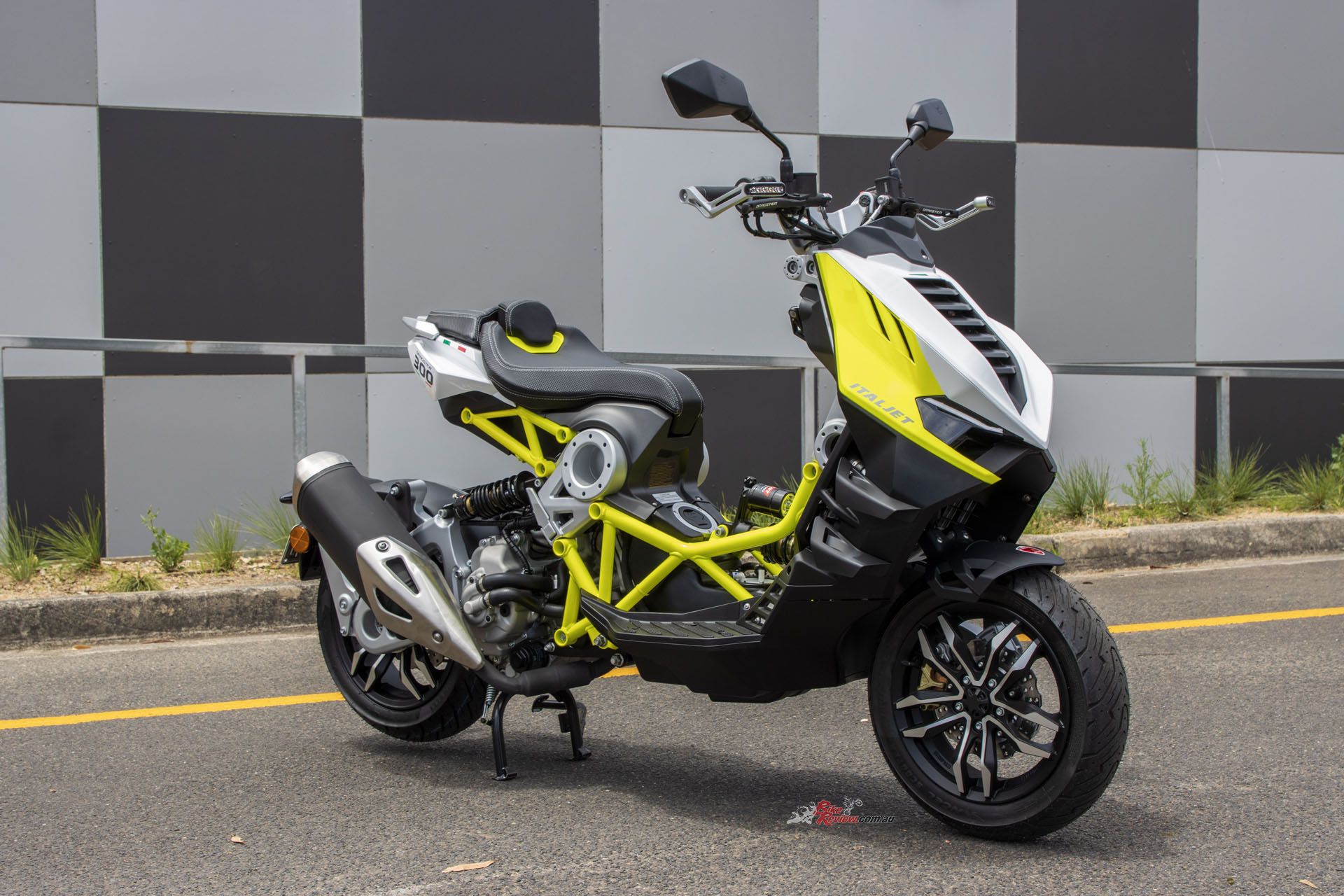
The Italjet Dragster 300 is available now from $12,990 Ride Away in Black/Red, Yellow/White or Malossi.
Hub-centred steering on a twist-and-go scooter might seem like overkill, but history told Italjet’s current owner Massimo Tartarini there should be a healthy appetite for the unique and somewhat eccentric result. Because when Italjet founder and Massimo’s father Leopoldo Tartarini released the concept on the original Dragster in 1995, he sold 70,000 units in the eight years to 2003 when the brand was forced into liquidation, no longer able to compete with the influx of less-expensive Chinese-made scooters flooding the market.
Leopoldo’s Dragsters were powered by single-cylinder two-stroke engines in 49cc, 123cc and 176cc guises and the outlandish design combined with bright paintwork really struck a chord in Europe in the late ’90s and early 2000s. And according to Dragster Australia, the ‘180’ was the most popular model here on Aussie shores.
![278cc liquid-cooled DOHC single which is good for 17.5kW[23.8hp] and 26Nm[19.2ft-lb] at 8250 and 6250rpm.](https://bikereview.com.au/wp-content/uploads/2025/02/BikeReview-2025-Italjet-300-Dragster-19.jpg)
278cc liquid-cooled DOHC single which is good for 17.5kW[23.8hp] and 26Nm[19.2ft-lb] at 8250 and 6250rpm.
Complete with hub-centred steering, the now signature tubular-steel trellis chassis, just enough high-end touches to elevate it into the premium end of the segment. Both versions were powered by engines made by one of China’s biggest motorcycle manufacturers Jincheng.
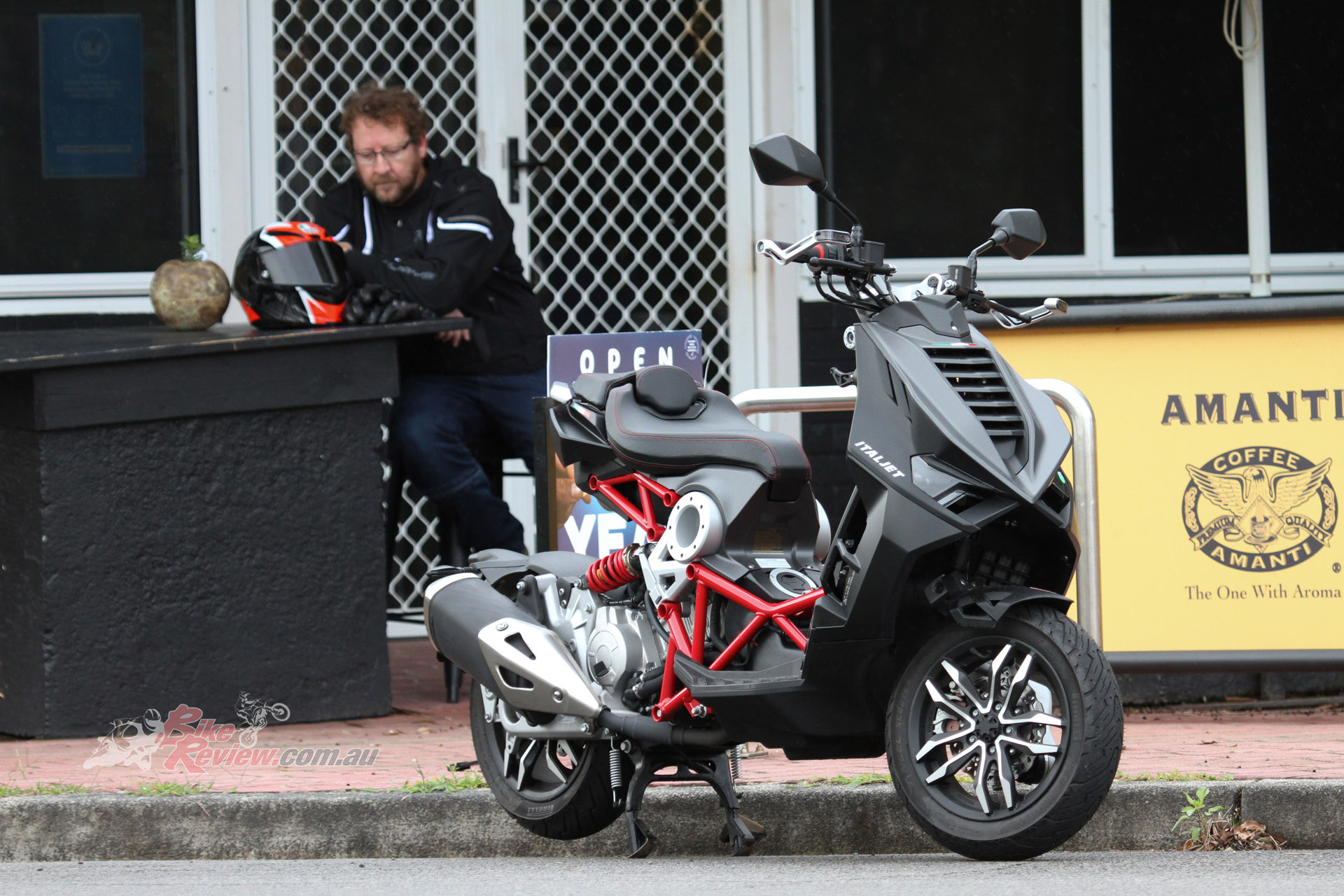
The Dragster 200 was the beginning of the new era of the Italjet Dragster. It arrived Down Under in 2022.
And while all of the headlines last year were surrounding the Italjet Dragster 700 super-scooter which Massimo unveiled at the 2024 EICMA event, the Dragster 300 quietly made its way into the Australian market which, to my mind, makes the best sense of the soon-to-be four-tiered line-up. For much the same reasons the mid-capacity motorcycle market is hitting its straps, a 300cc scooter is the sweet spot for the segment’s intended use.
It’s powered by a 278cc liquid-cooled DOHC single which is good for 17.5kW[23.8hp] and 26Nm[19.2ft-lb] at 8250 and 6250rpm respectively, substantially more than the 200, but it’s the torque of the four-valve single that benefits the 300 so highly…
Read our Italjet Dragster 200 review here…
With just over 50 per cent more torque on offer than the sluggish 200, you have plenty of poke to always get you off the line quicker than any four-wheeled vehicle in your vicinity, yet you’re not dealing with the added heft that comes with a larger-capacity maxi-scooter and, in the case of the Dragster, you’re looking very cool doing it.
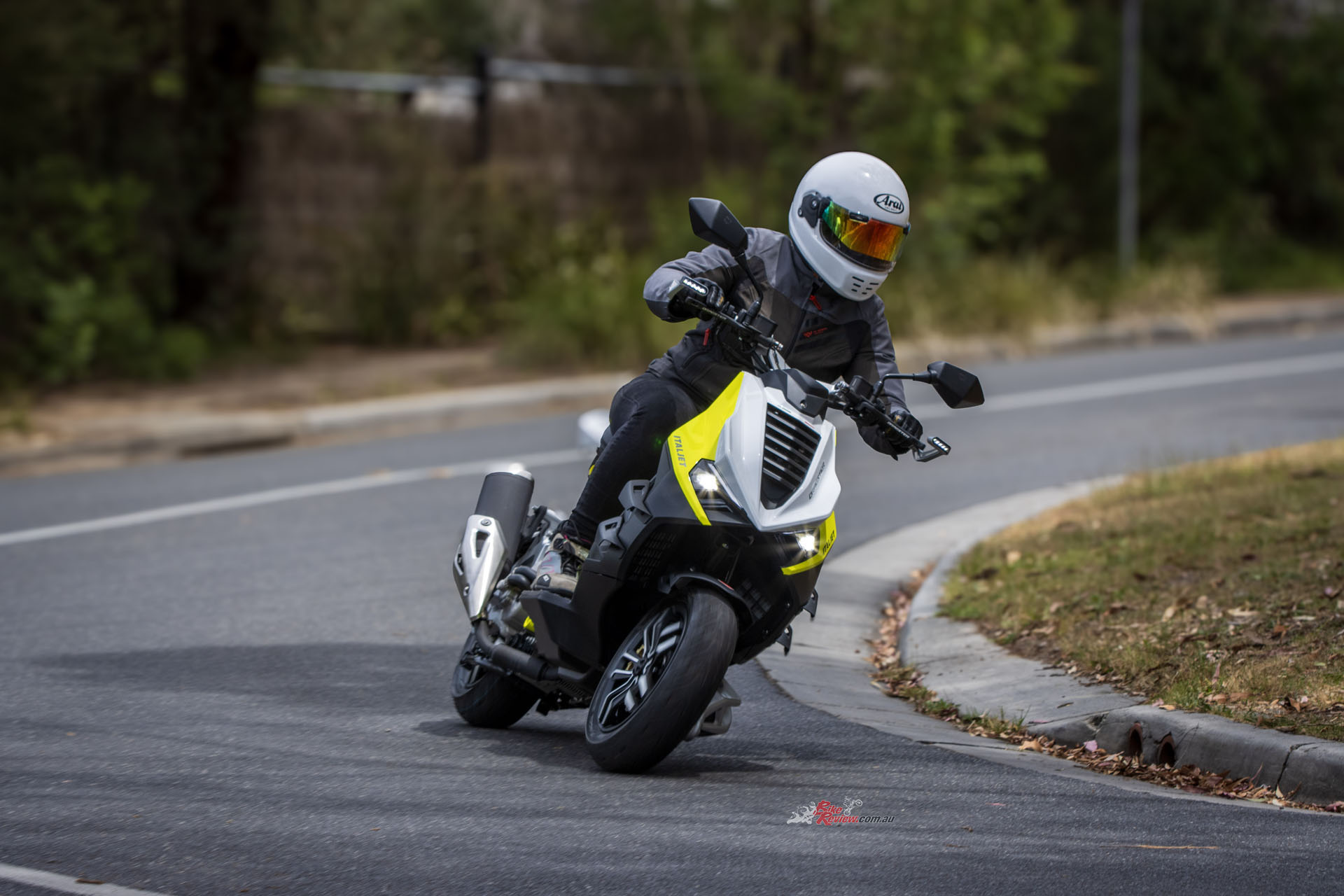
The steering is ultra-fast on the Dragster, in fact, at first you take two bites at the apex as you oversteer it easily!
In fact, according to Italjet Australia’s Matt Reilly, a lot of the people who are buying the Dragsters have an Italian superbike or other such exotica in the shed to which the Dragster forms the perfect runabout accomplice. Makes sense to us!
Priced at $12,990 (ride away), it’s not your entry-level runabout scooter, and while the extra 97cc over the 181cc ‘200’ version will cost you $3000 more, the added convenience of the extra poke is probably worth it. In terms of other conveniences associated with scooters however, they’re few and far between.
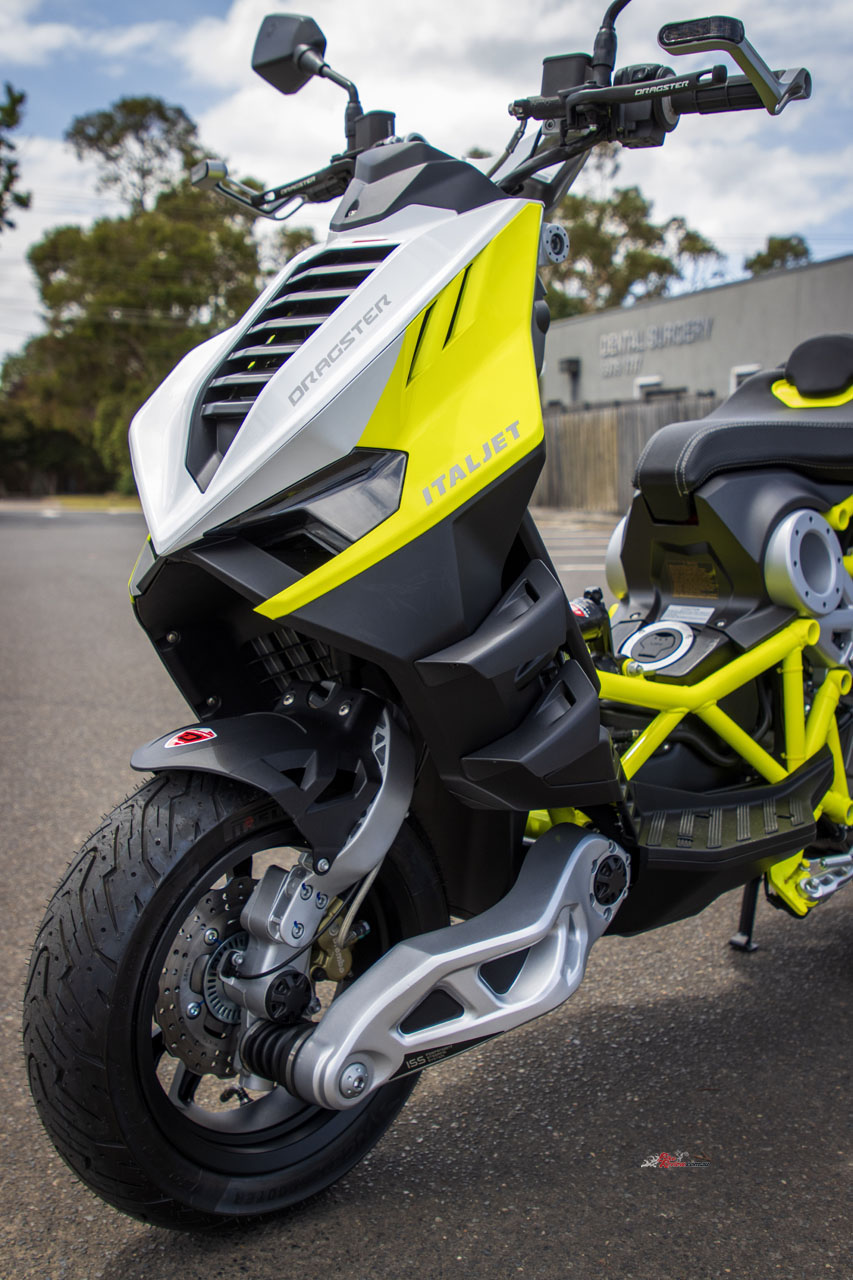
The MotoGP winglets look cool, while the massive alloy front swingarm is signature Dragster stuff. We love it!
The CVT transmission offers twist-and-go convenience, but there’s no upper-body wind protection to speak of, and if you’re looking for the traditional storage advantages of scooters, you’re looking in the wrong place. Without even so much as a hook to hang a bag on, you’d get a bunch of bananas under the seat, maybe, but not much more.
There’s not a lot of room to move about – it shares the same underpinnings as as the 200 – but there is a relatively comprehensive toolkit under the seat, complete with four Allen keys, three spanners with different-sized open ends for six sizes ranging from 8mm through to 16mm, an interchangeable Phillips and flathead screwdriver, as well as well as a spark plug tool with an extension bar.
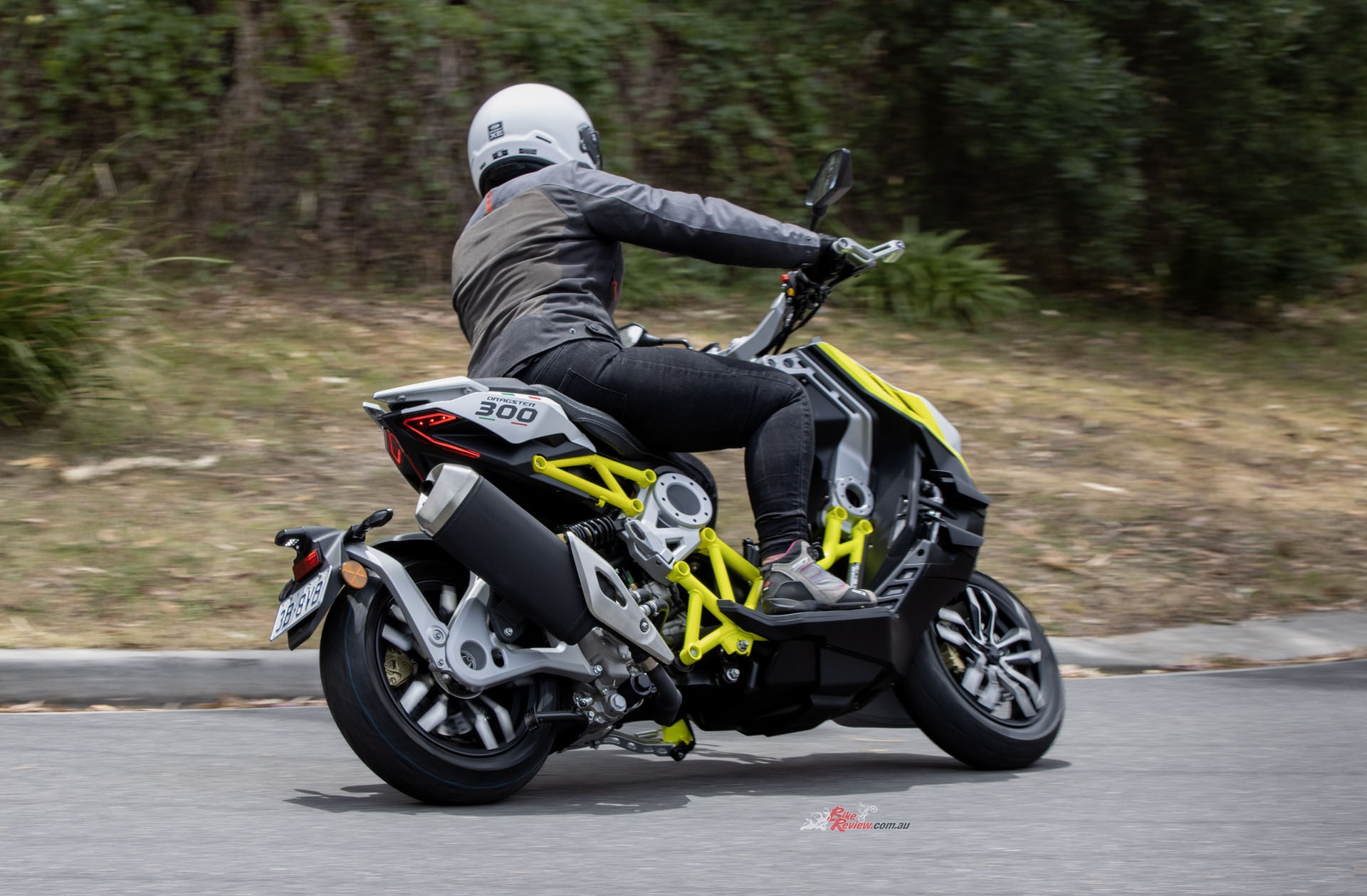
“The suspension is on the firm side, which is exactly what you’d expect from a performance-oriented scooter”…
The standout feature of the scooter’s design is of course the single-sided front swingarm paired with hub-centred steering – one which not only looks impressive, but which also significantly impacts the riding experience. While this setup makes the bike feel heavier than its claimed 128kg dry weight – and also results in a less-than-ideal turning radius, not something you need from a scooter when parking on Melbourne’s busy footpaths – the fact that the forged-aluminium front swingarm is mounted so low in the bike means the stability at any speed is second-to-none. This is further enhanced by the 9L fuel tank that’s carried really low in the frame and whose filler cap sits below the seat.
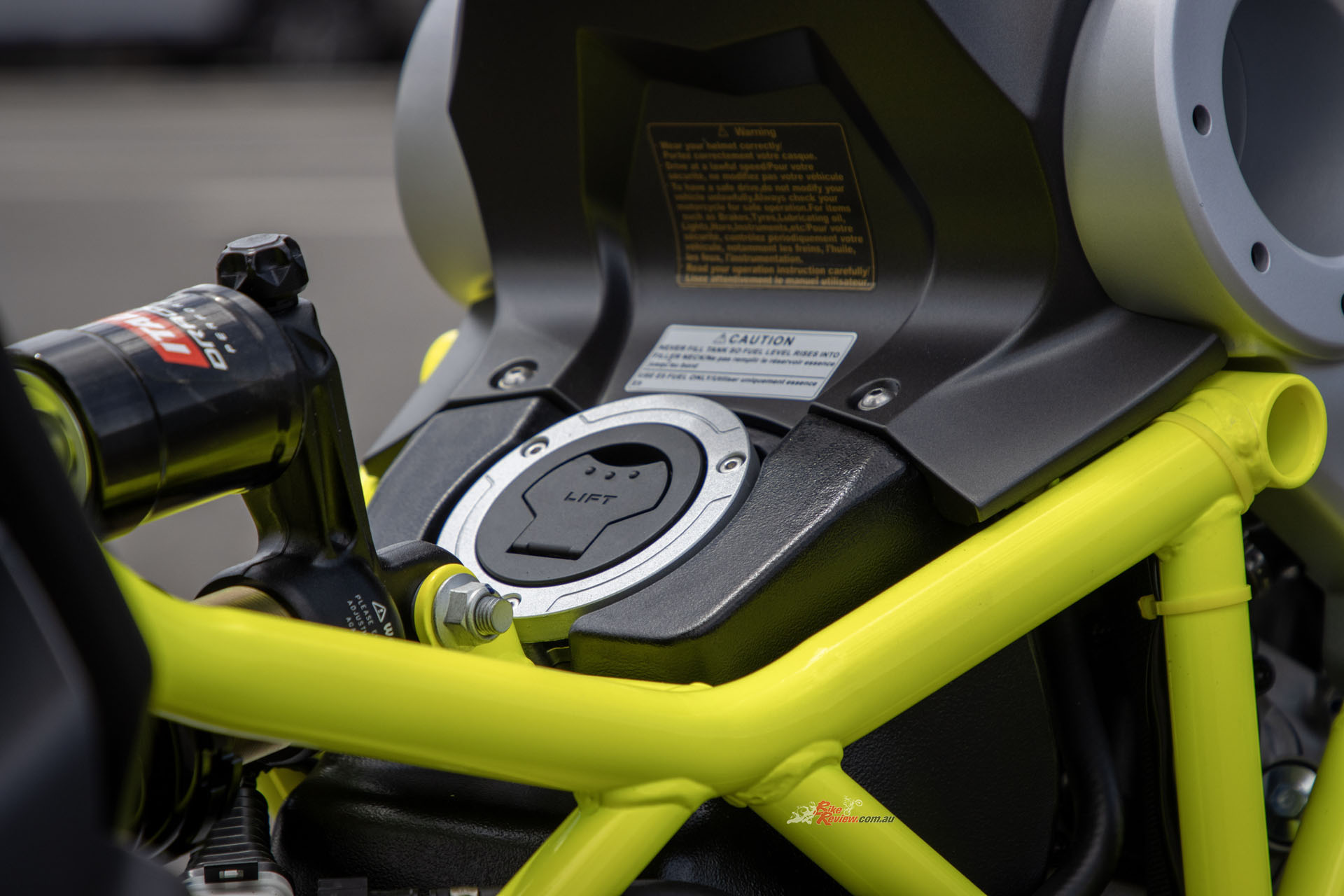
The 9L fuel tank is carried low to keep the centre of gravity as low as possible, helping achieve the outstanding handling.
Of course the other advantage of that alternative front-end is that it separates both the suspension and steering forces, which all but eliminates braking-induced dive while enhancing cornering stability by managing how the forces are transmitted through the chassis. And anyone who has ridden a small-wheeled scooter at any speed over less-than-perfect road surfaces will appreciate the engineering expertise that results in a scooter that’s both uniquely composed and predictable. I’m a big fan.
The chassis plays a part in this composure too, and the chromoly tubular steel used to construct it is said to be the same diameter used by Ducati in the 1199 Panigale’s trellis frame. The trellis-style chassis is bolted to aluminium housings at both ends and claimed to be the only scooter with this modular chassis design. And each of those housings feature two large hollowed-out sections, one under the seat and the other under the head stock, which run the width of the bike and which complement the bold styling.
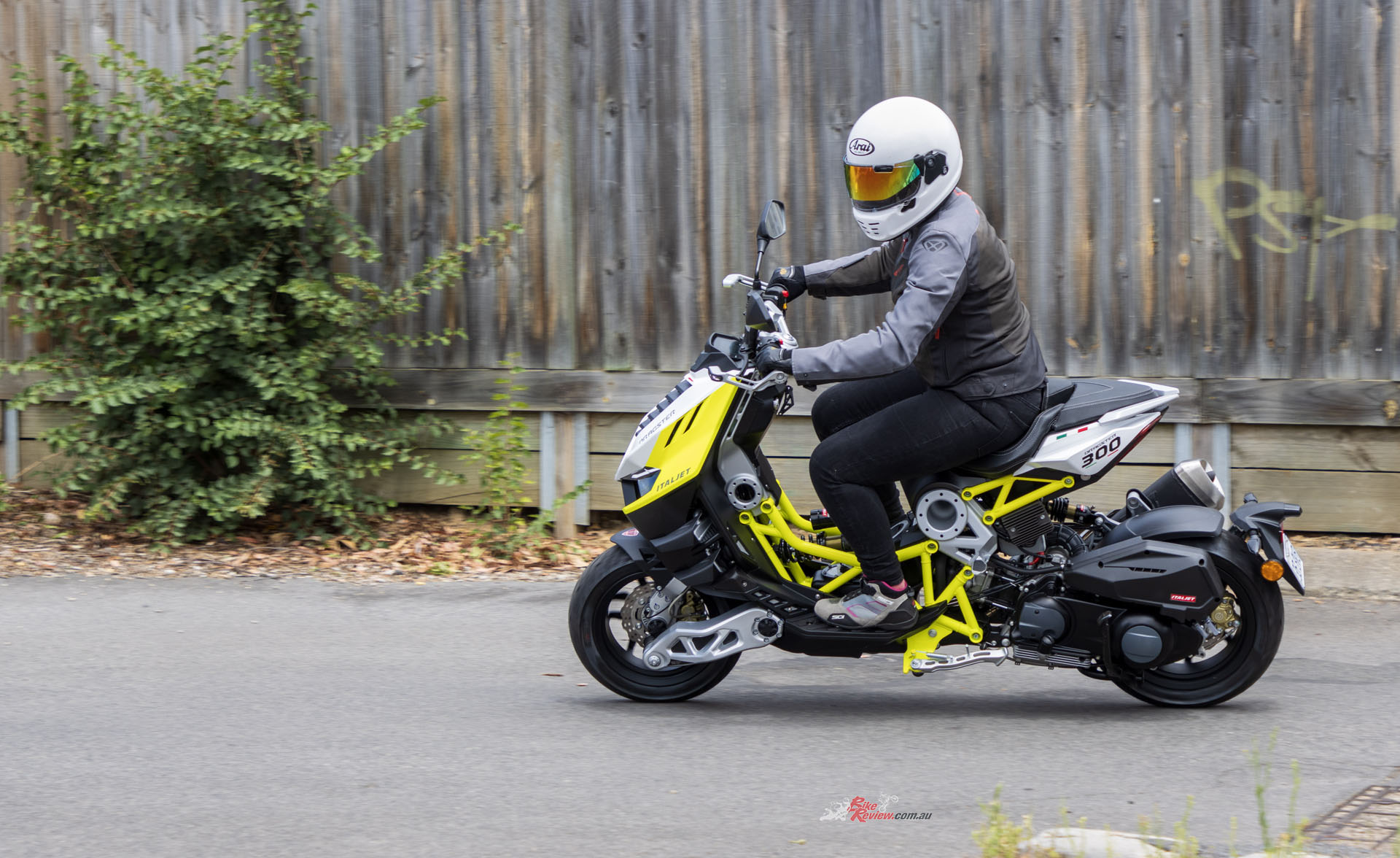
The turning circle is less than impressive for a scooter, making U-turns a little tricky, but parking is fine.
Between the stability of the front-end and the predictability of the chassis, I did find myself forgetting I was rolling on small-diameter tyres and had to take a couple of bites at a turn because of how quick and early the Dragster falls into the corner. This may be amplified slightly by the larger-diameter rear wheel compared to the front. Unusually, both the 200 and 300 Italjet Dragsters run a 12-inch front wheel but opt for a larger 13-inch wheel at the rear.
The suspension is on the firm side, which is exactly what you’d expect from a performance-oriented scooter – there’s even MotoGP-style winglets! – but there’s plenty of adjustability with compression (on the fly) and preload adjustability on the front shock located between your feet, with only preload adjustment available at the rear. Speaking of the rear, there’s a small pillion pad, around which wraps a decent grab handle, while the pillion ’pegs fold neatly out of sight when not required, which I suspect will be most of the time, but it’s great to have the option.
The Brembo calipers offer plenty of stopping power via the single discs at either end. The initial bite of the front brake is quite decent and while the rear needs a slightly harder yank on the lever, they both offer similar power – used together and you’re pulling up quick smart, the feeling heightened, I’m sure, by the fact that there’s zero dive when you rip the brakes on.
The Dragster rolls on Pirelli’s Angel Scooter tyres and offer plenty of confidence. I didn’t have the opportunity to ride on them in the wet, but Pirelli’s a proven brand and I would have no hesitation in guessing they’d perform really well in all conditions.
The full-colour TFT dash wakes up with Ready… Set… Go flashing up on the screen, signalling its performance origins. And while there’s nothing you can customise or even flick between, there’s plenty of information on offer right down to the time, date and even what day of the week it is.
As well as the premium-branded componentry, premium touches and details include front LED indicators which are mounted in the MotoGP-esque lever guards, there’s braided brake lines, the welds on the trellis frame are beautifully finished and even the key’s design mimics the Dragster’s bold styling.
Speaking of the original Dragster’s success, Leopoldo Tartarini described the Dragster as a scooter “not for pragmatists, but is a good choice for exhibitionists.” It’s a scooter you indeed get noticed on, but it’s one that’s loaded with innovation and design elements that make the execution about as good as it gets… We recommend you test ride one if you ever get the chance…
Dragster Revival
2005: Massimo Tartarini officially revived Italjet, focusing on boutique and innovative two-wheelers, keeping the company’s legacy of unique designs alive.
2007–2010: Italjet released several small-scale projects, including electric bicycles and compact scooters as part of the Italian brand’s rebuilding phase.
2018: The Italjet Dragster relaunch was announced at the EICMA show, marking the company’s return to its core strength—high-performance, innovative scooters.
2021: Production and delivery of the modern Italjet Dragster 125 and 200 models began, symbolising the full comeback of Italjet under Massimo’s leadership. Italjet returns to Australia with the Dragster 200.
2024: Dragster 300 is added to the Australian line-up, shortly before Massimo unveils Italjet Dragster 700 during a dedicated launch at the EICMA show. “Dad always taught me to never follow other manufacturers,” he said during the unveiling. “I think my father would be very happy with this masterpiece.”
2024 Italjet Dragster 300 Specifications
Price: $12,990 (ride away)
Colours: Black/Red, Yellow/White or Malossi
Claimed power: 17.5kW [23.8hp]@8250rpm
Claimed torque: 26Nm [19.18ft-lbs]@6250rpm
Dry weight: 128kg
Fuel capacity: 9L
Fuel Consumption: 3.5L/100km
Engine: Liquid-cooled, single-cylinder, four-valve four stroke, 75 x 63mm bore x stroke, 278cc, unknown compression, cable throttle Gearbox: CVT Clutch: Dry, centrifugal
Chassis: Chrome-moly tubular steel space frame
Rake: N/A Trail: N/A
Suspension: SIS single arm, with hydropneumatic centre-mounted adjustable damper (f), Single-sided swingarm, with single hydropneumatic adjustable damper (r)
Brakes: Single 175mm rotor, twin-piston Brembo caliper (f), single 240mm rotor, single-piston Brembo caliper (r)
Wheels & Tyres: Cast aluminium 5-spoke, Pirelli Angel Scooter, 120/70-12in (f), 140/60-13in (r)
Dimensions:
Wheelbase: 1345mm
Ground clearance: 195mm
Seat height: 770mm
Overall height: 1255mm
Overall length: 1870mm
Overall width: 680mm
Instruments & Electronics: ABS and full-colour TFT screen.
Ratings | Bike Review | 2025 Italjet Dragster 300


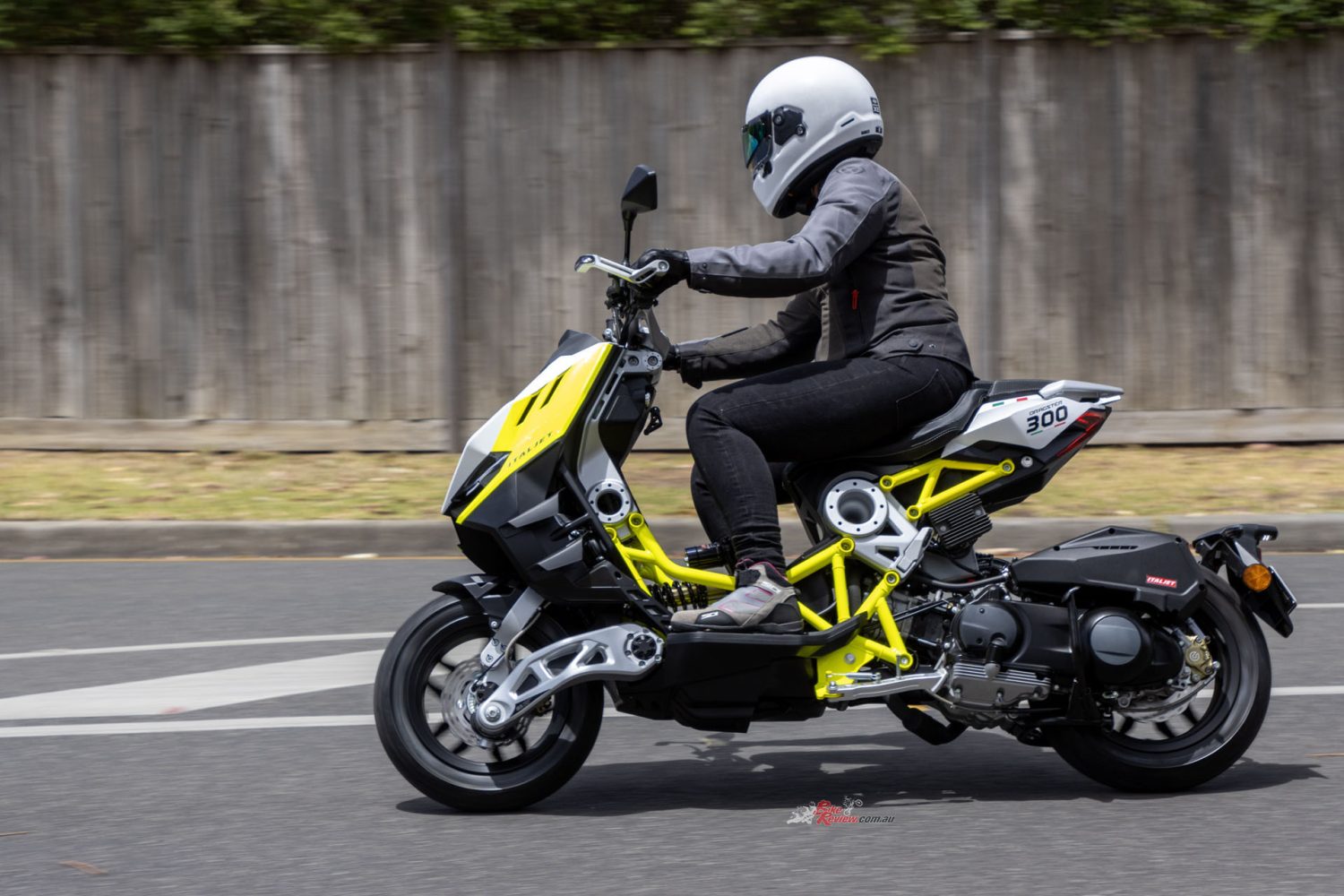
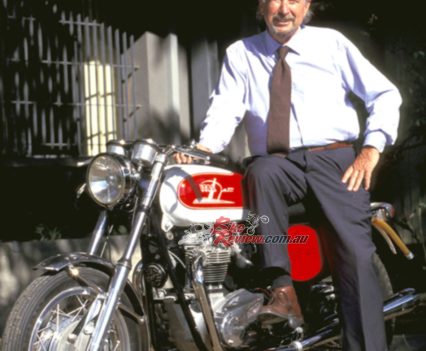
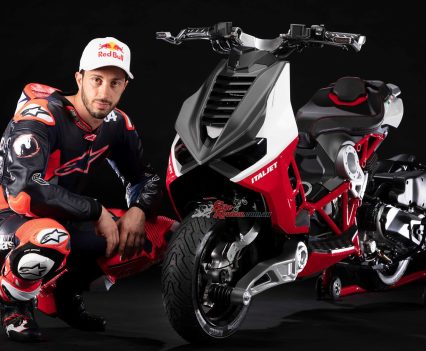
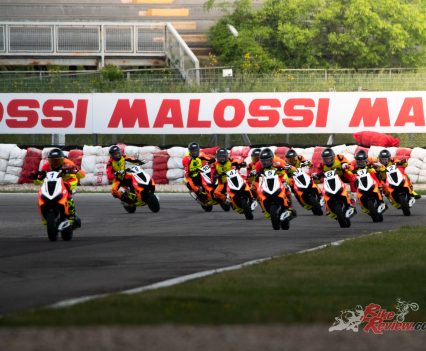
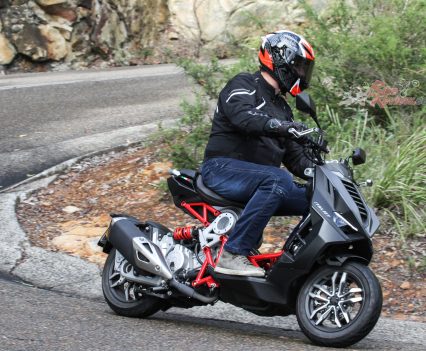
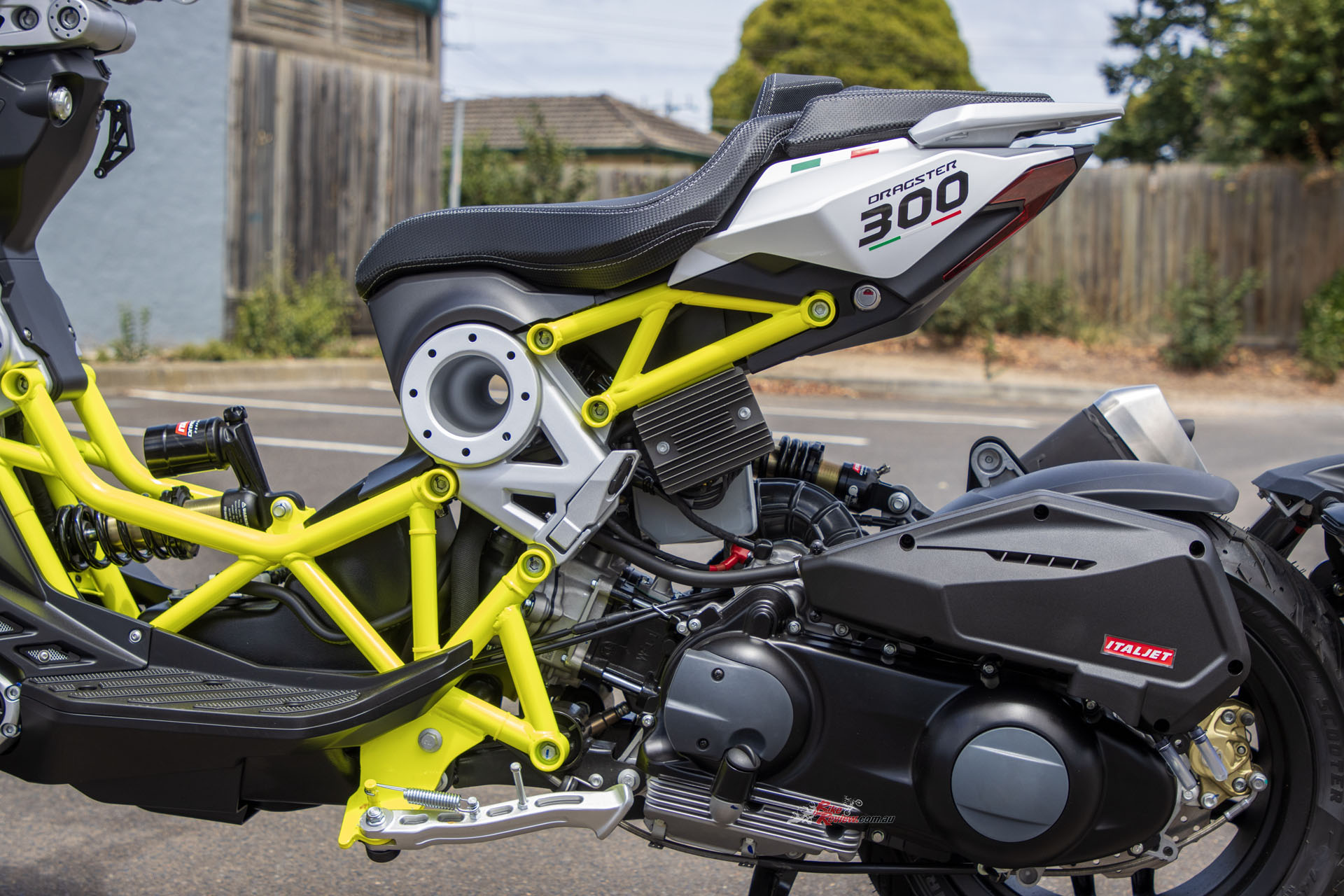
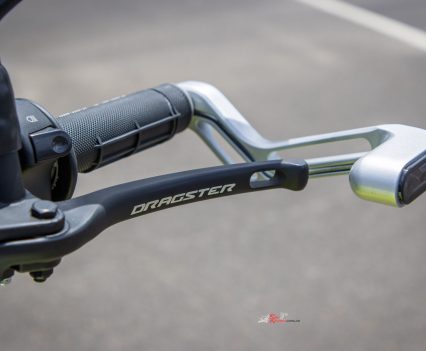
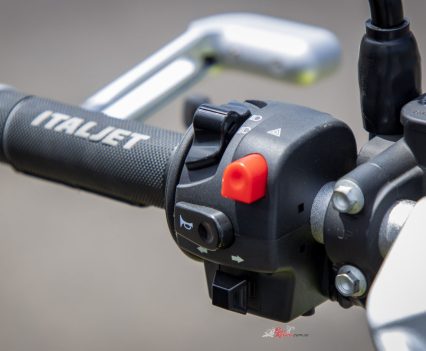
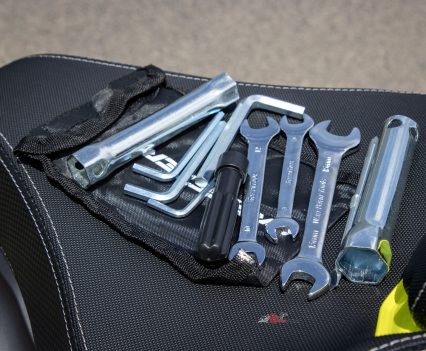

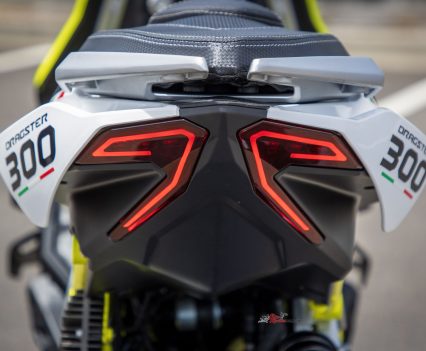
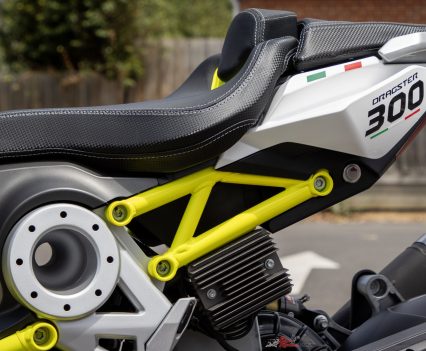
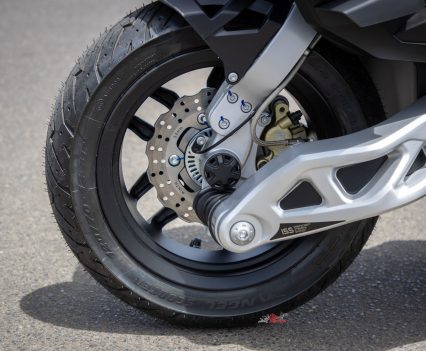
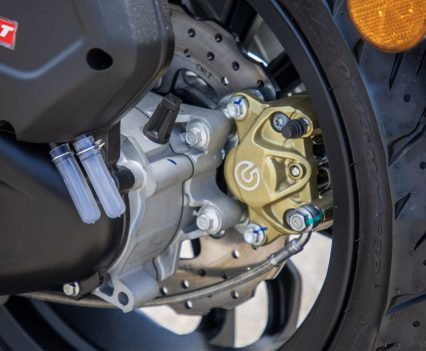
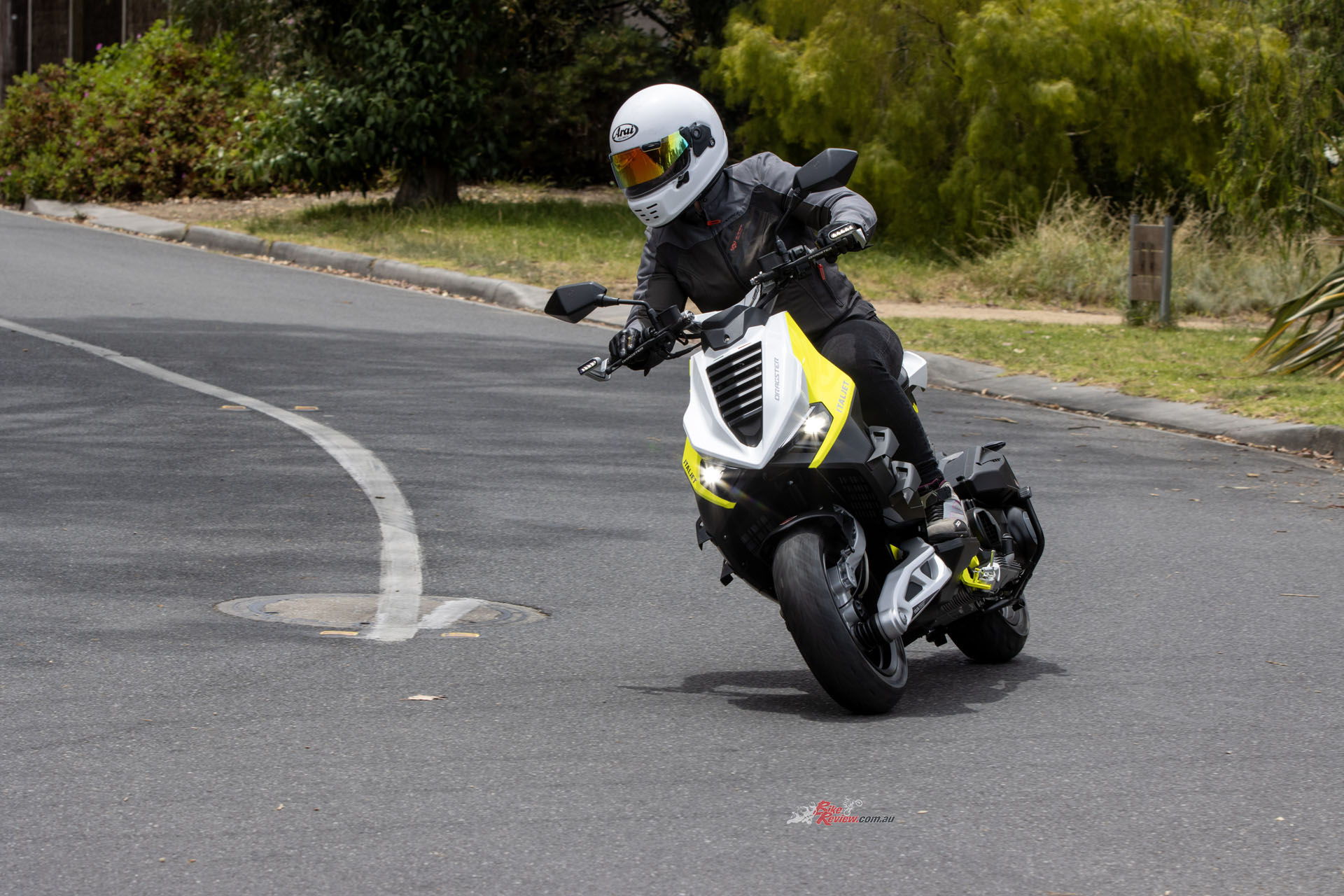
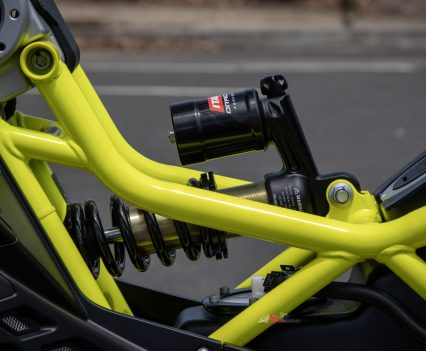
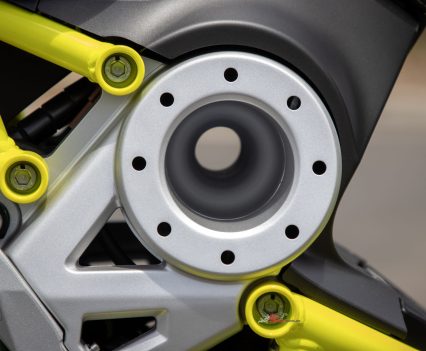
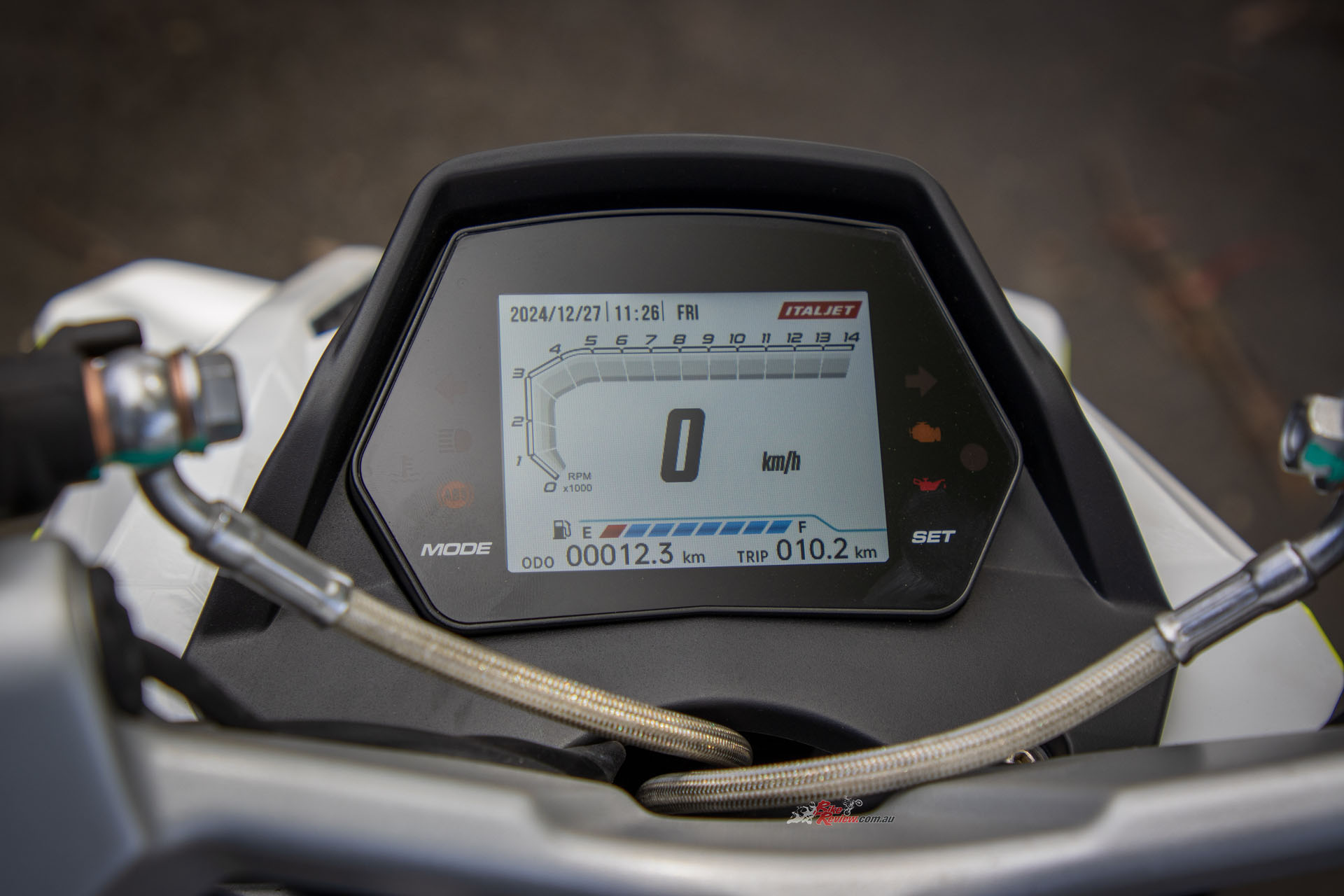
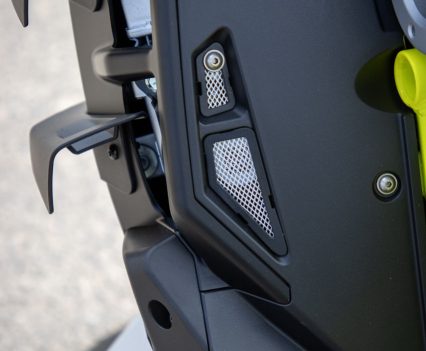
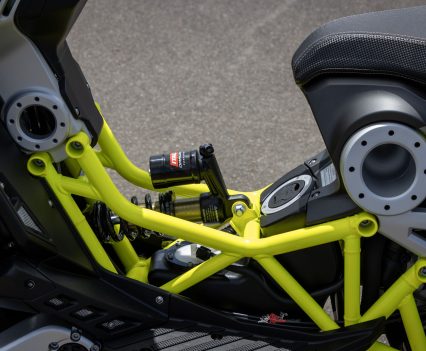
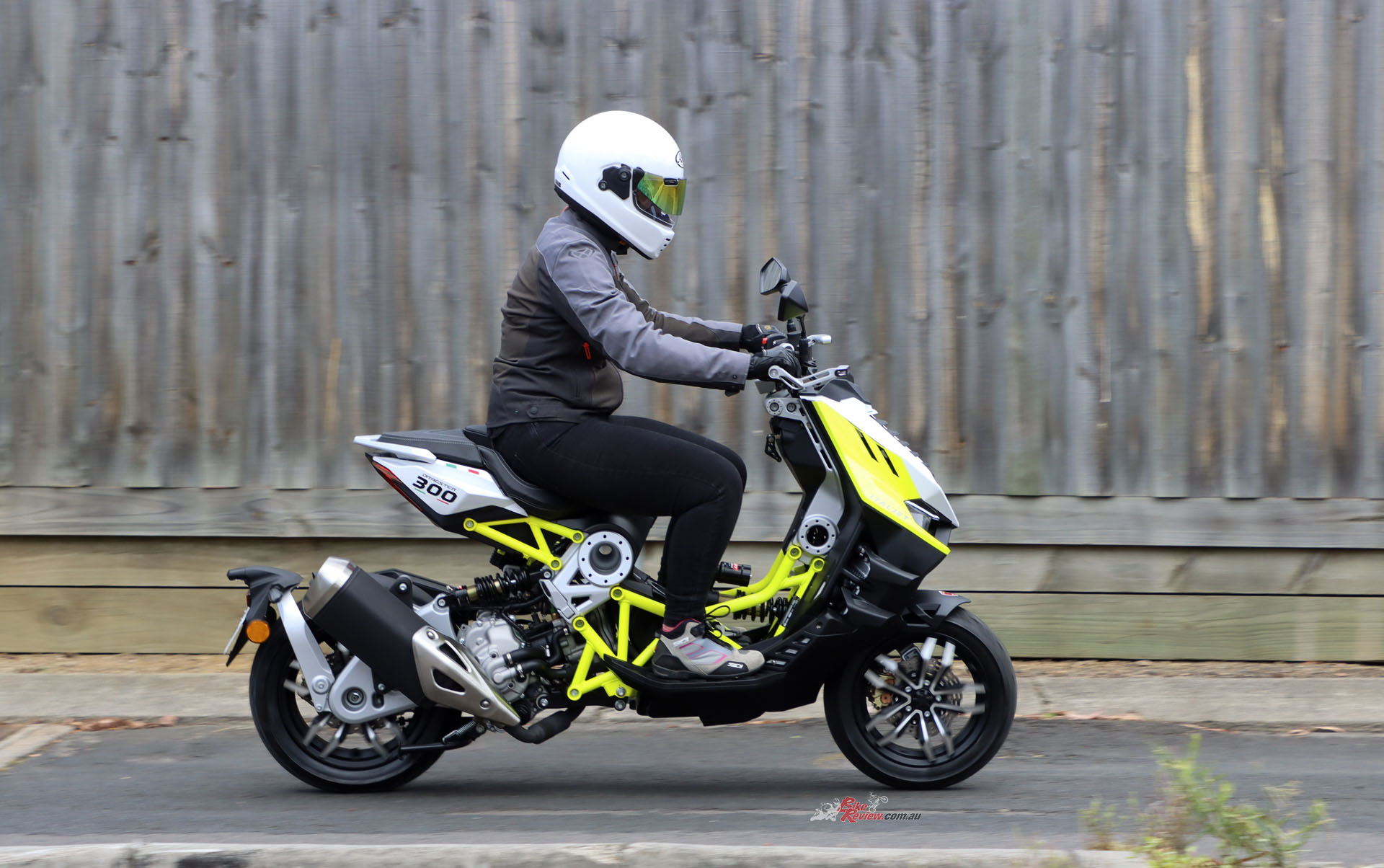
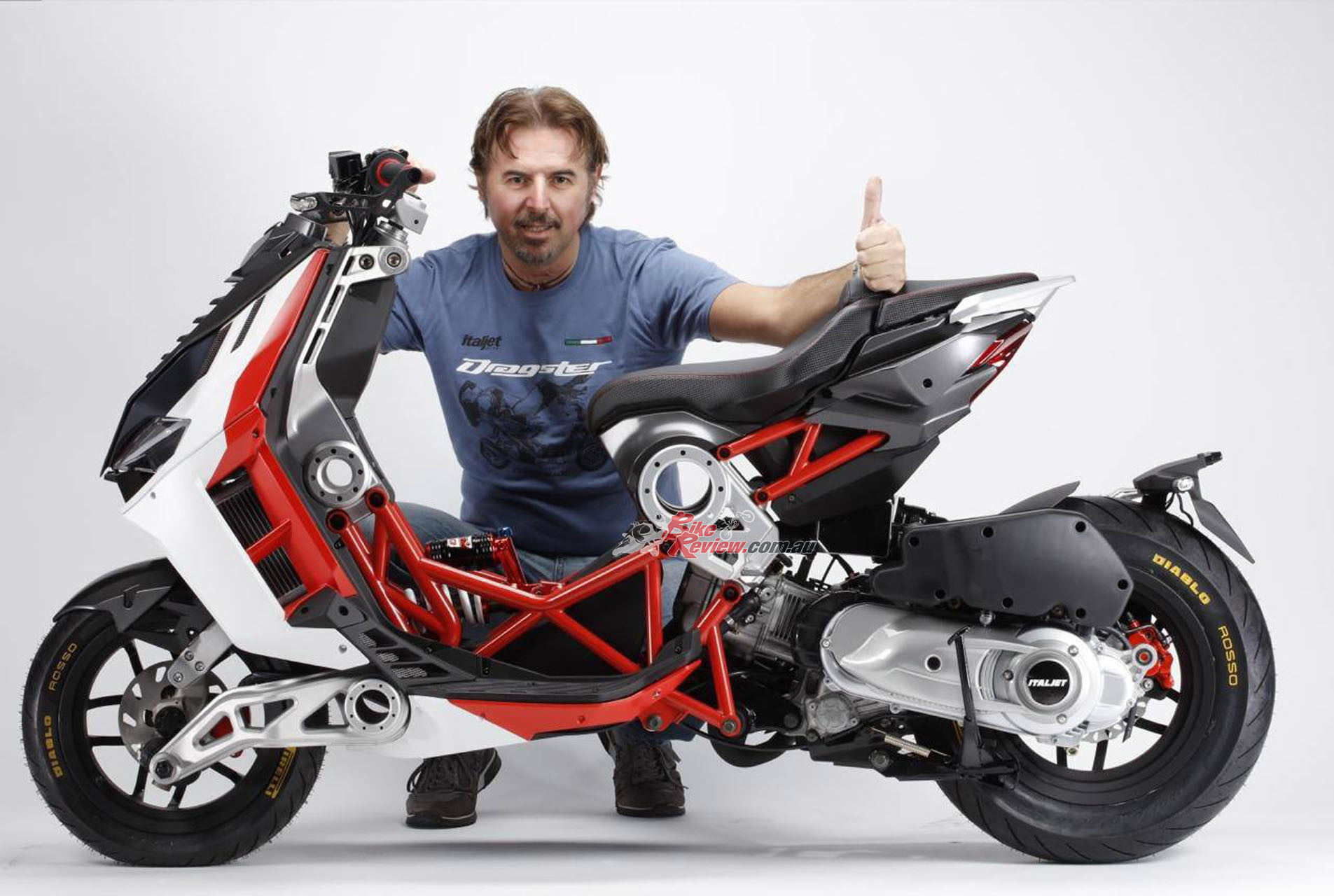

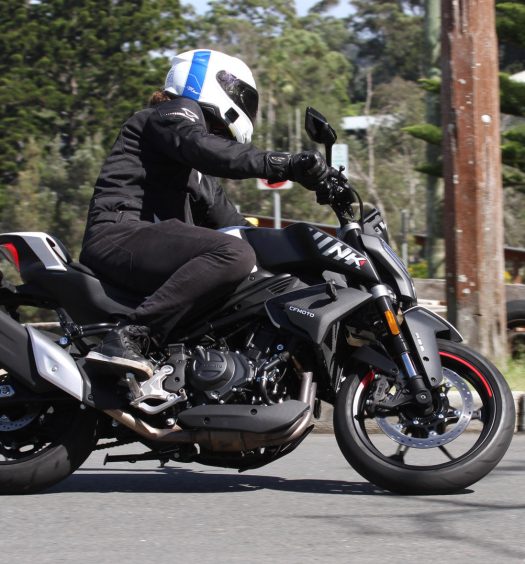
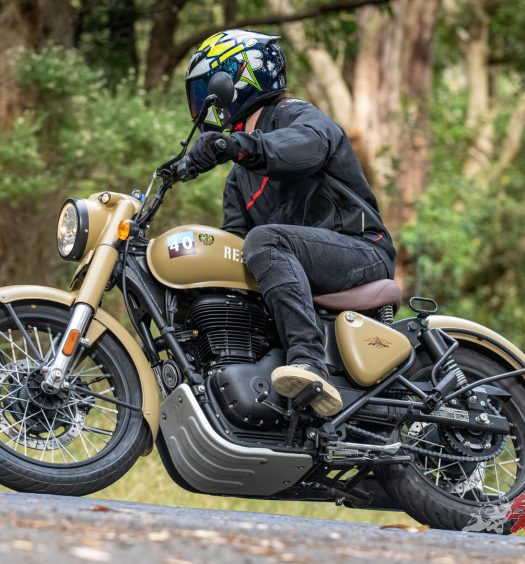


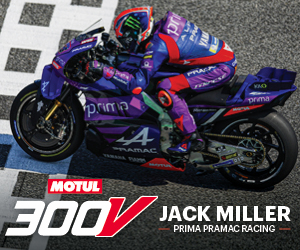

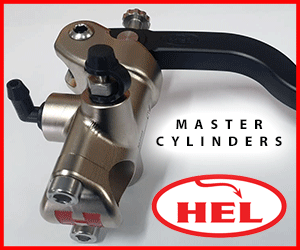









November 21, 2025
Re cornering on the Dragster 300. For better stability lean backwards instead of forwards. It takes a corner with so much more stability. Try it!